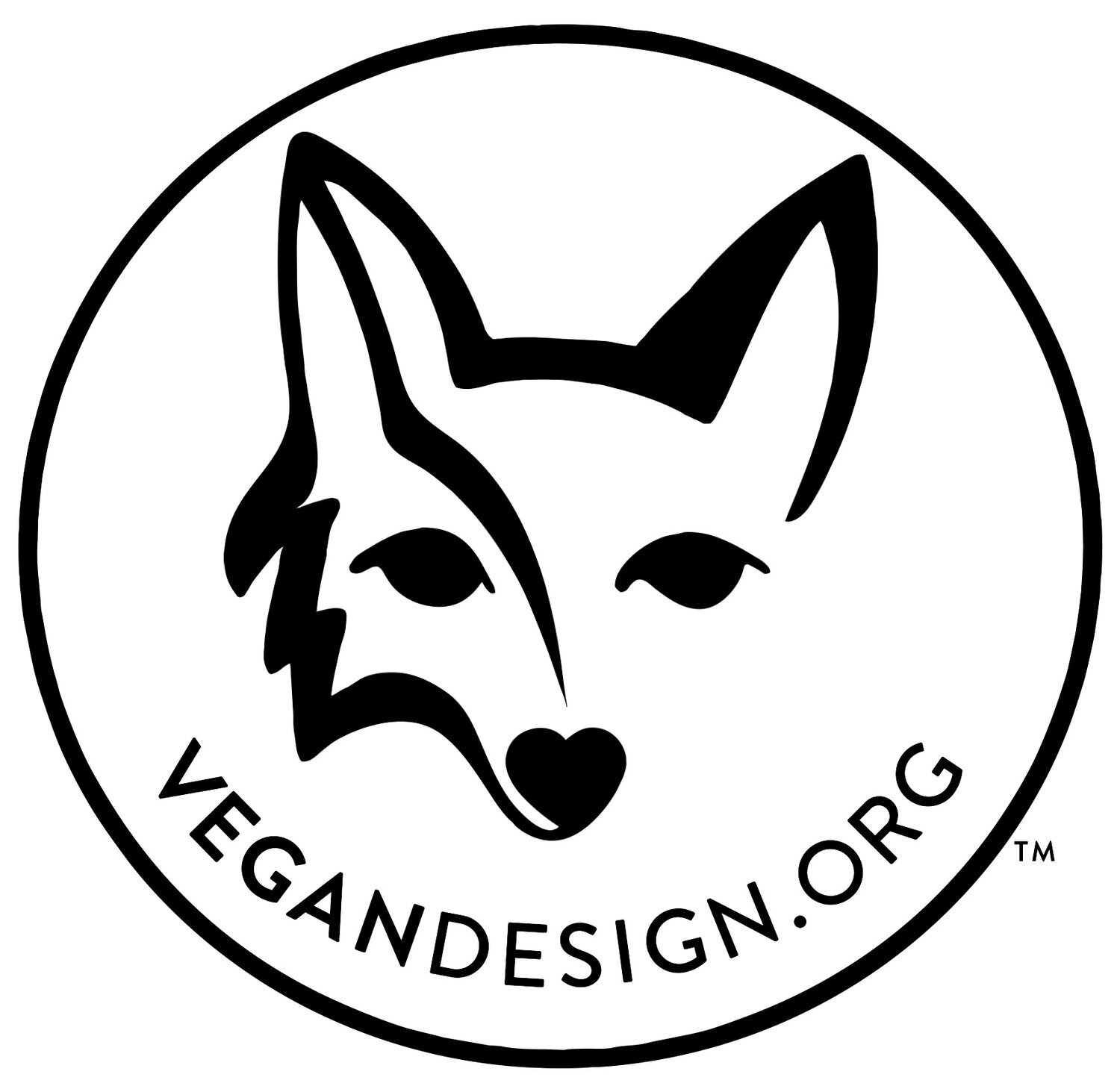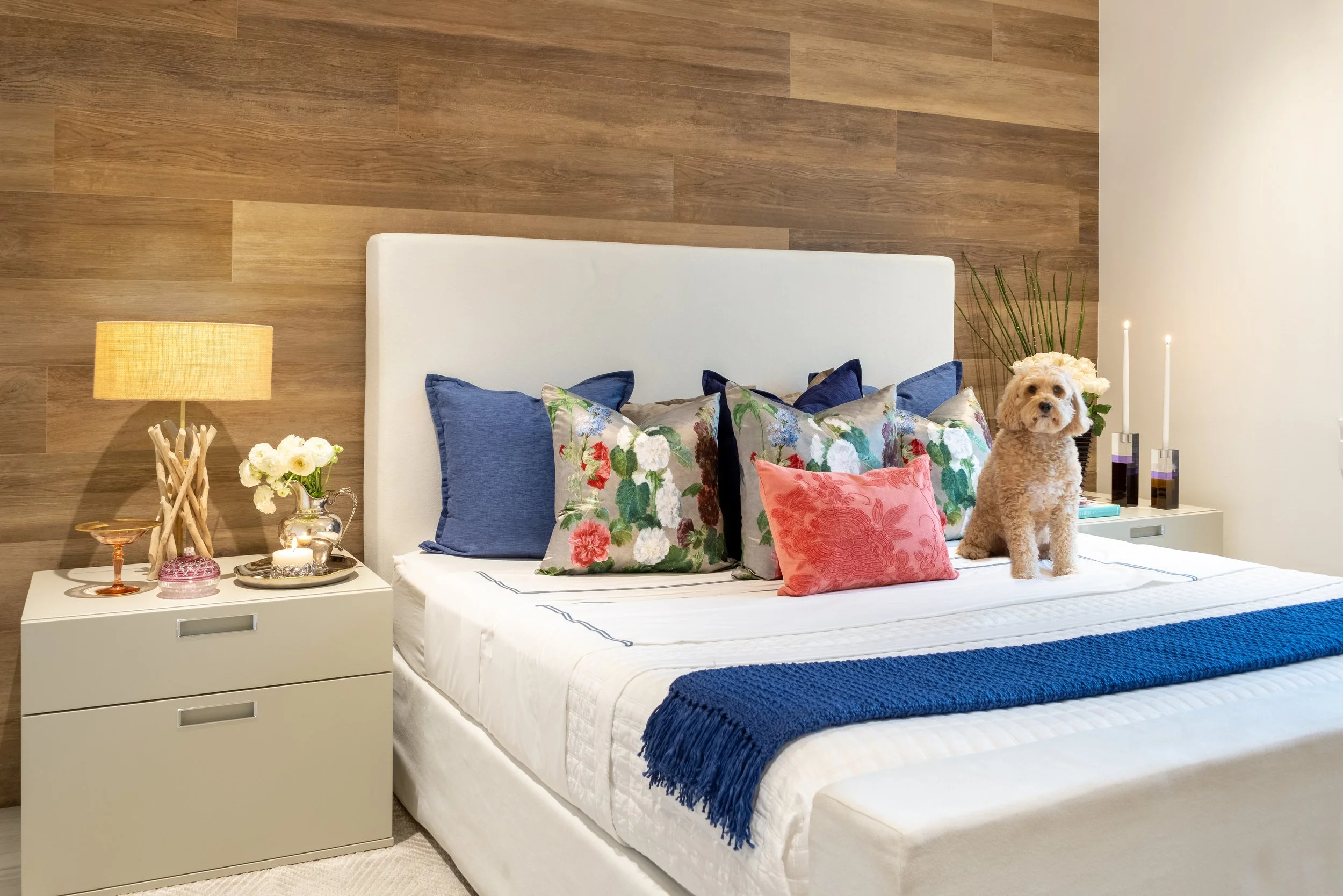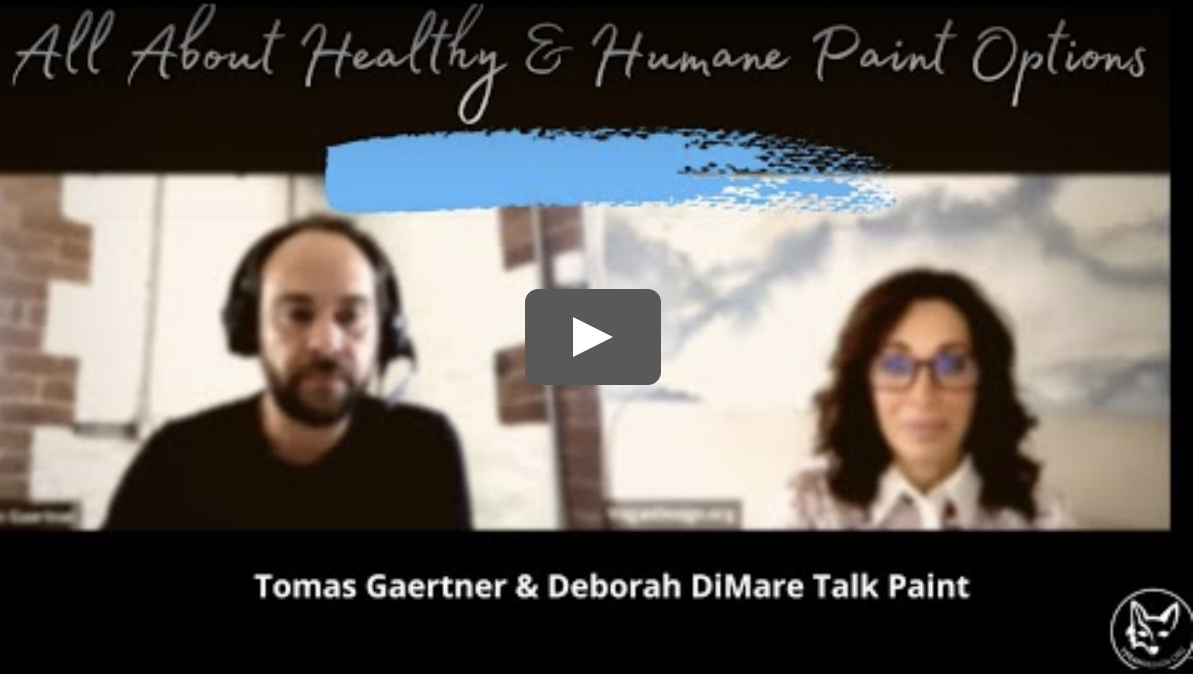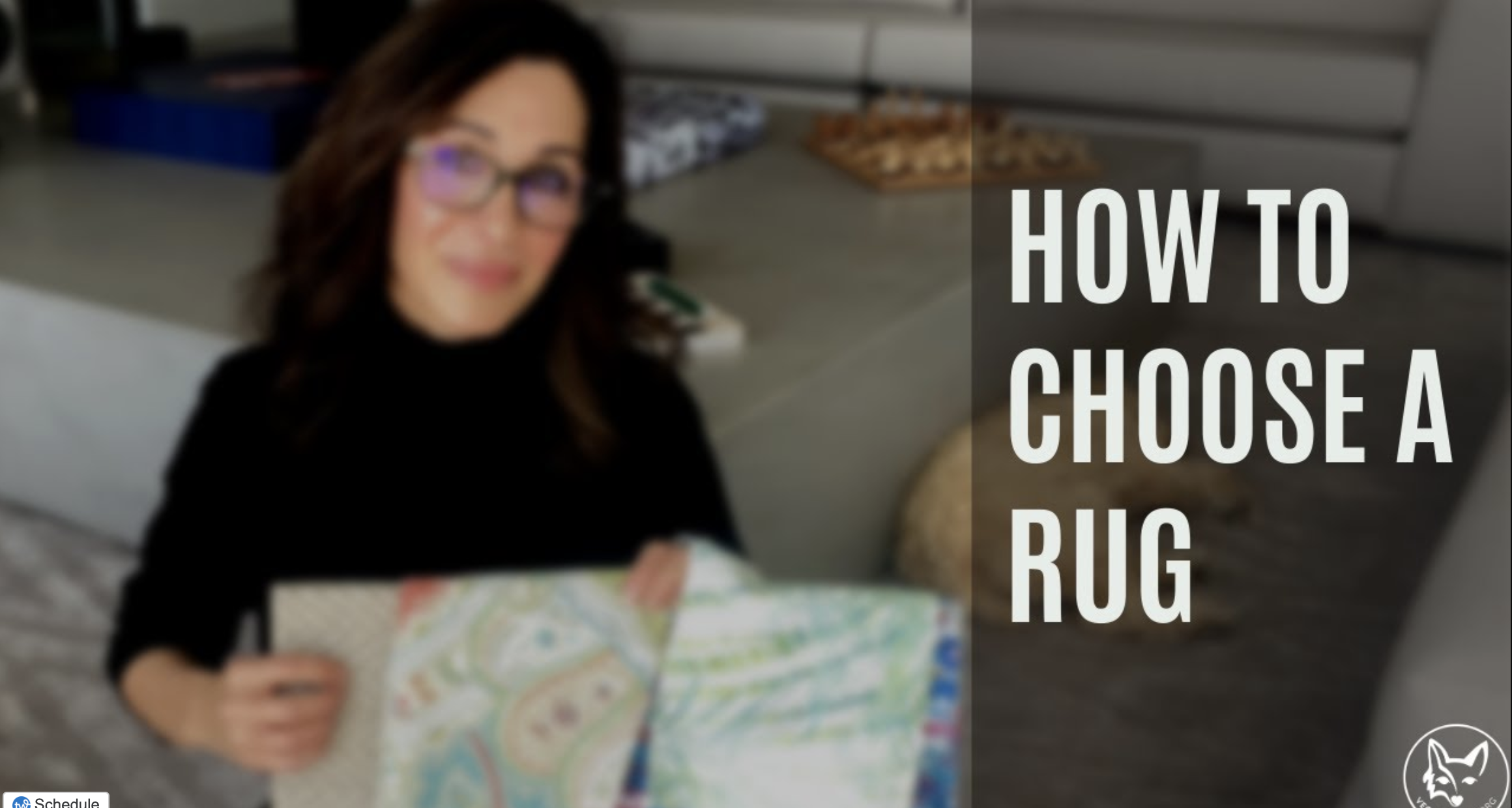23 diy Tips for a non toxic, organic, CRUELTY FREE Home
This tip sheet was created by the team at VeganDesign.org // DiMare Design.
It will guide you on what to look for and avoid when creating safe,non toxic and cruelty free spaces for optimal health and wellness.
Baby steps
Take a good look at your spaces and choose one room only, like a bedroom, to revamp. Or, pick one type of animal based product to replace. For example, you can choose to revamp your bedroom first since it’s one of the most important spaces in a dwelling. Or, you can choose to remove all wool decor from your home. But start small - baby steps or you’ll get overwhelmed. Rome wasn’t built in a day!
“Once you decide on your direction, write it down and give it a date. A goal without a date is just a dream.”
2. Use cleaning products that recycle their bottles!
Here’s a video on how Deborah accessorizes with recyclable products!
3. What you clean your environment with is just as important as the furniture
Make sure all cleaning products are 100% chemical and cruelty free.
Watch this brief video with Lisa Bronner of Dr. Bronner’s soaps on what to look for and avoid. She focuses on kids spaces. However, the same rules apply for all areas of a home.
4. get to know non animal-based
& less toxic materials
Hemp, cotton, bamboo, linen, cork, rubber (kapok) and buckwheat are a few of our favorites!
5. Don’t buy SHEETS with AZO dyes
This dye is banned in Europe but still allowed in the US. Here’s sheets we like.
Organic Non Toxic Vegan Bedroom
Need help designing a new space or renovating an existing one? Set up a virtual design consult with us or even a phone call!
All our e design services are focused on less chemicals, organic and cruelty free furniture and decor. Check out the video below.
6. Seek furniture, glues et. that don’t contain VOC’s (Volatile Organic Compounds)
VOC’s contaminate indoor air quality and make all beings, human and non sick.
Here’s a list of 9 chemicals to avoid for nurseries, kids and adult spaces.
7. keep toxic paint away from you & your family.
Paint Tips with Building Biologist Tomas Gaertner
8. Get HYPOALLERGENIC pillowcase covers
There are endless covers available at all major retailers. Get covers that are made from hemp, organic cotton and non animal based. They’re less toxic.
Watch how to make your own DIY hypoallergenic pillow below
DIY Vegan Pillow How To
9. stay away from wool Rugs
We’re fans of cotton, hemp, jute and sisal. They’re affordable and available in endless styles and patterns. Plus the wool industry is horrific and cruel.
THERE IS NO SUCH THING AS RESPONSIBLE WOOL! DON’T BELIEVE THE “RESPONSIBLE WOOL” LABEL PLEASE!
Wool also contains tons of pesticides. It’s unhealthy and unethical. Learn how to choose safe, ethical rugs. Video below
With Deborah DiMare
10. Decorative Throws must be organic & non toxic
Select organic cotton or hemp. We wrap ourselves in throws and our body absorbs the toxic chemicals. Our skin is a sponge!
11. stay away from leather Sofas
Ensure that when a sofa is touted as “vegan” it doesn’t refer to the fabric of the sofa only. Many faux leather sofas are manufactured with down wrapping underneath the fabric in order to make the sofa more comfortable. Confirm there is no down within the sofa.
Remember all animal based materials are highly toxic and its a tragic industry for humans and non.
12. check all materials of Tables
Keep your eye out for tables wrapped or lined in leather, crocodile and sting ray. Confirm the fabrics are faux.
Make sure to check the table handles as well. They could be wrapped in leather.
Our Facebook group is a great way for you to stay in the loop about current trends in non toxic and ethical design. Deborah DiMare personally runs the group. It’s a strong community and you’ll get great ideas and inspo. Join our Facebook Group Here.
13. no wool or chemicals in Mattresses
Over 50% of Westerners have an illness. Our mattresses and bedding are key to our health since we spend 1/3 of our life in bed.
Wool is a common material used in mattresses. Stay away! Make sure the mattress is not only vegan but also non toxic.
Many vegan mattresses are still made with poisonous materials. Confirm that they are allergy-friendly and made without harmful chemicals: no soy, GMOs, vinyl/PVC, phthalates, formaldehyde, flame retardants, or perfluorinated compounds (PFCs).
Here’s a few tips on what to look for in baby mattresses.
14. no down feather Bed Pillows or covers
Many pillows and blankets are filled with down. Down is filled with bacteria and can create illness. It takes about 12 geese live plucked to fill one standard bed pillow. It’s an awful industry, like all industries that profit from animals and child laborers.
Buckwheat and kapok are two of my favorite bed pillows. They stay cool, are comfy, ethical and non-toxic. Below is a buckwheat unboxing video.
15. no wrinkle free Bedsheets
Stay away from wrinkle free and silk. Wrinkle free sheets contain formaldehyde.
Silk sheets are made from silkworms inhumanely boiled for their precious silk.
Get organic cotton, hemp or linen. Linen is a great alternative. Keep in mind it takes a few washings to get very soft.
Also try to buy only GOTS certified sheets. Here’s an Amazon brand of sheets we like.
16. buy organic, vegan Blankets only
Stay away from wool blankets. They hold moisture and stain easily. They’re also scratchy and smell “gamey.” Poor choice for anyone with health and/or sensory issues such as those in the spectrum of Autism. Seek organic cottons with certifications of sustainability and less chemicals.
17. Get chemical free Wallpaper & Wall Decals
Seek wall decor that has one or more of the following; low VOC’s, GreenGuard Certified or FSC certified.
Whether you’re a parent, designer, caregiver or a curious consumer, our Nursery Design course was made for everyone!
It’s a tool for you to learn about safe, ethical & non-toxic design. It’s under 2 hours and can be taken at your own pace.
Learn more about our Chemical and Cruelty Free Online Nursery and Kids Room Course
18. Look for GOTS certification
(Global Organic Textile Exchange)
It certifies that the materials are completely organic and have less chemicals. Organic materials have less impact on living creatures.
GOTS is the best certification to look for.
19. Look for the OEKO-TEX certification
It’s second best. It’s a certification that shows the materials and products have less chemicals.
Remember, products made without chemicals are more ethical and keep you happy, healthy & strong.
20. Look for GREENGUARD Certification
It helps buyers identify that the products and materials have low chemical emissions, improving the quality of the air in which the products are used. You will find this certification on many materials including flooring, furniture and fabrics.
21. Look for FSC (Forest Stewardship Council) Certification
This certification ensures that products come from responsibly managed forests that provide environmental, social and economic benefits.
Again, saving living species.
22. Buy Phthalate-Free Products
Phthalates contain microplastics. Toxic and awful for everything.
23. Buy NON ANIMAL BASED & GOTS CERTIFIED MATTRESSES
want even more vegan & cruelty free product recommendations, guides and education?!
We’ve got plenty. Here’s a page that lists all free resources, guides and education for babies, adults, special needs (Autism)
and everything under the sun related to beautiful non toxic and ethical design.































